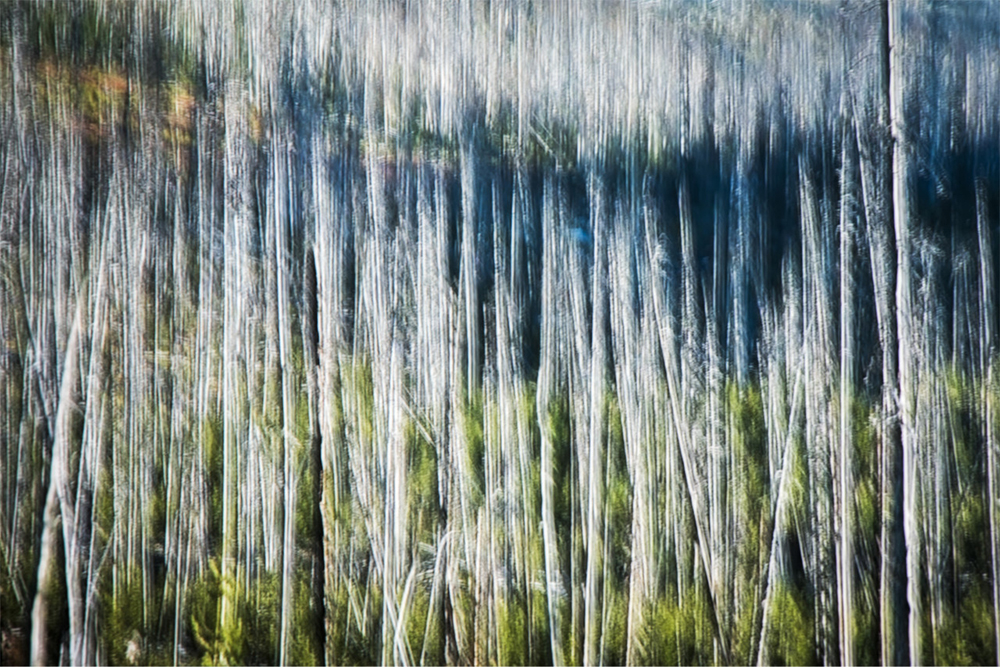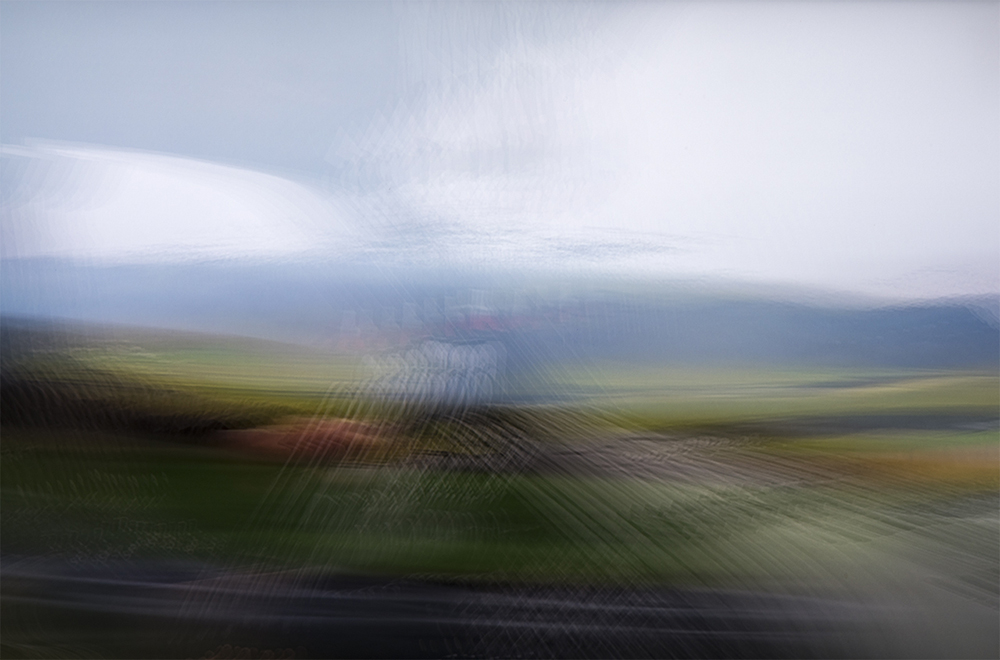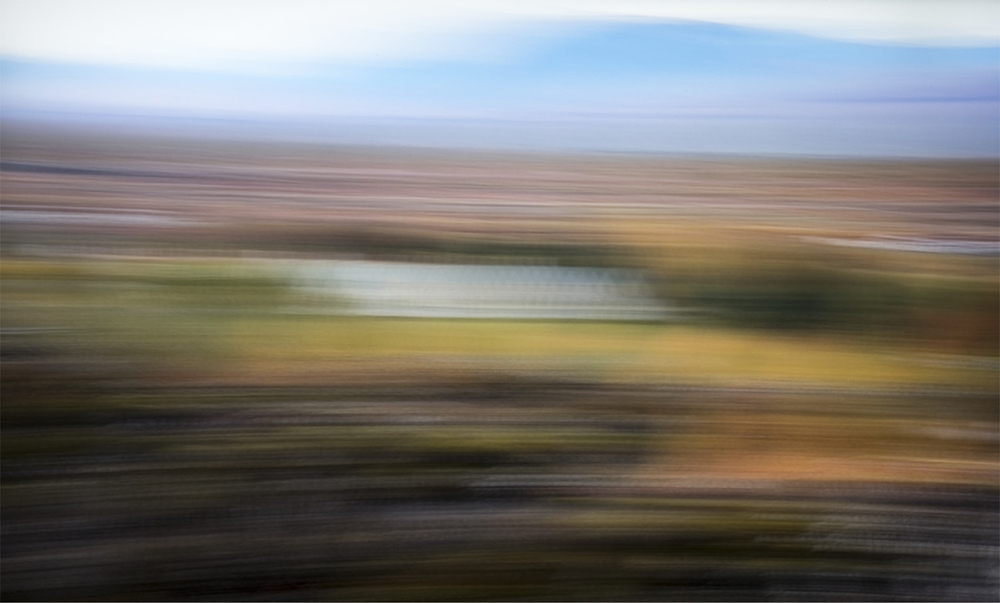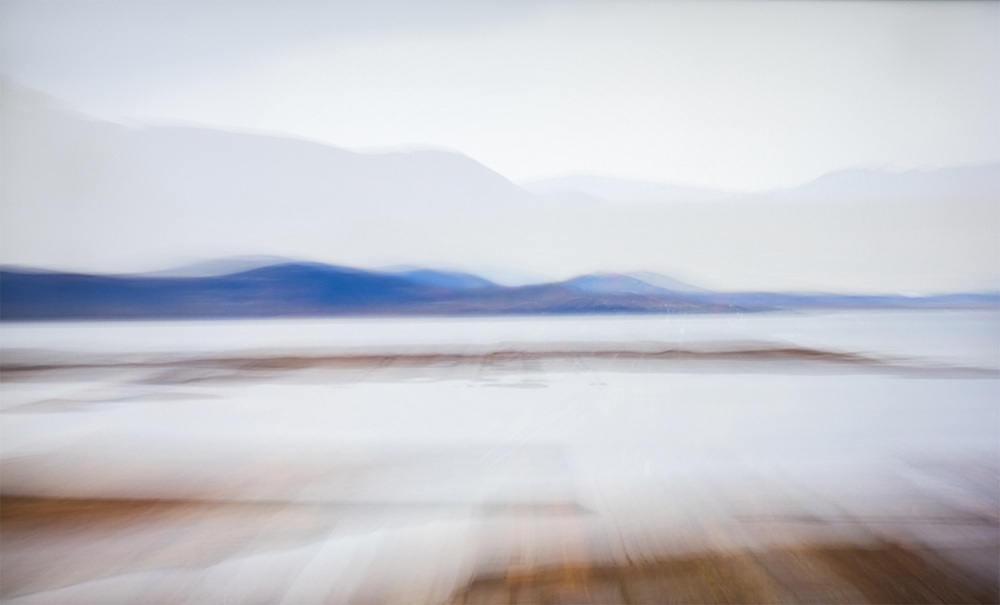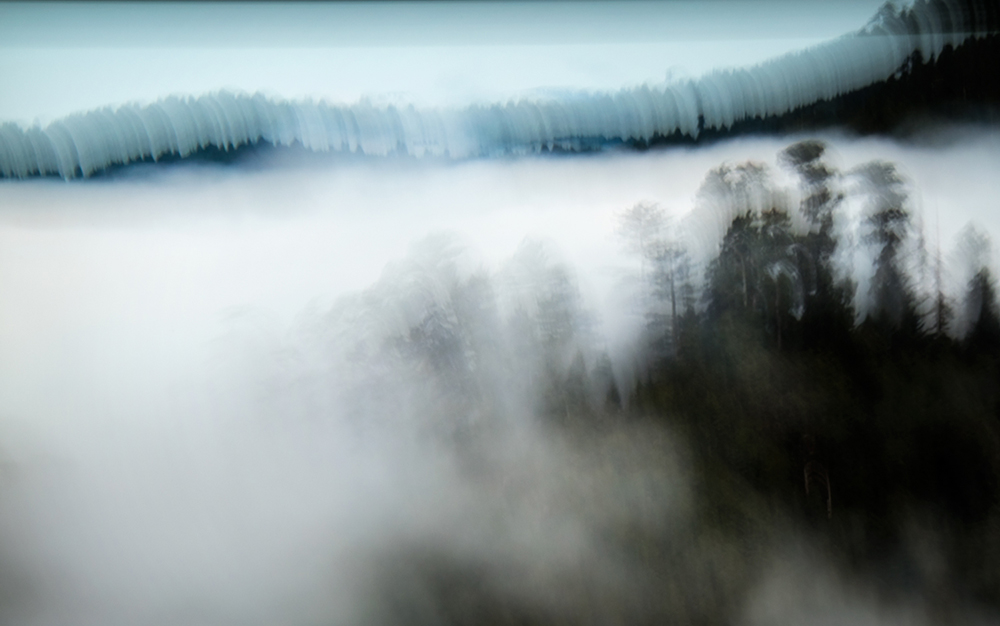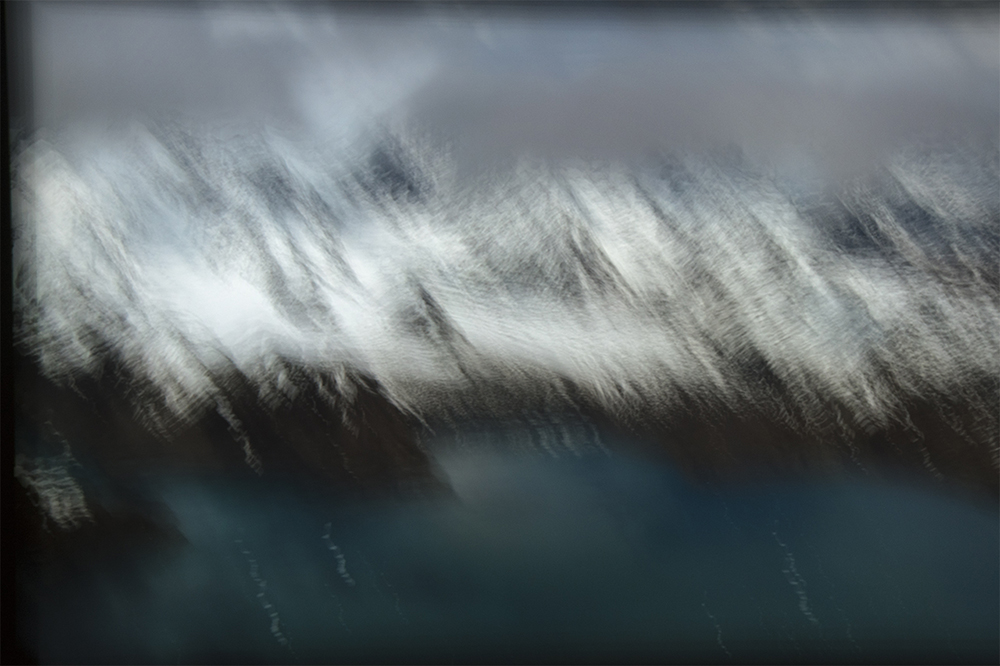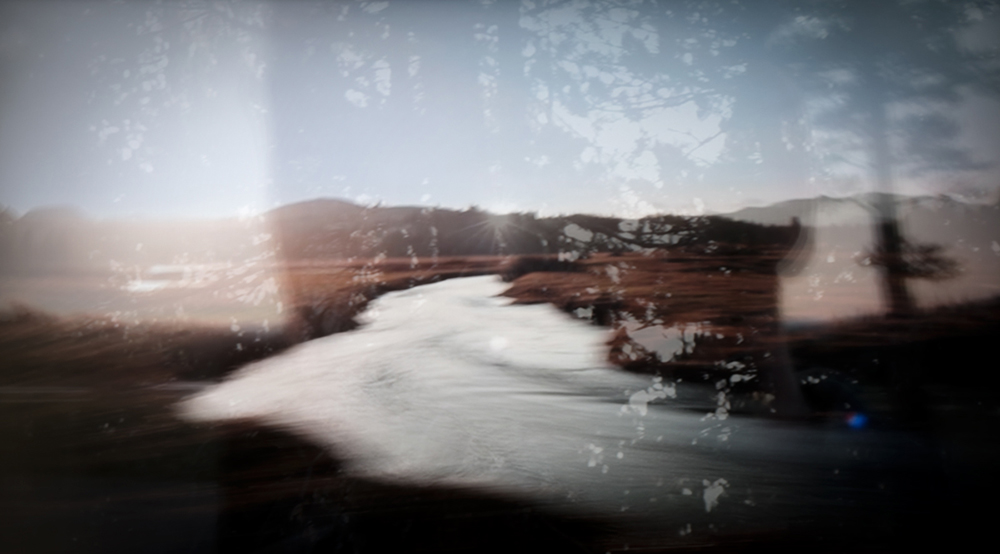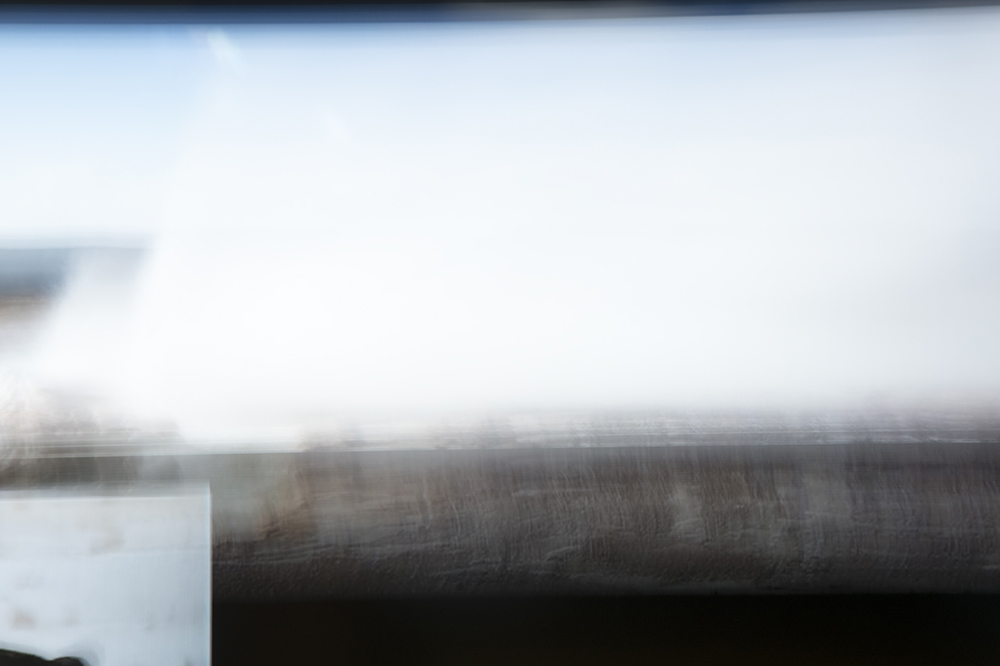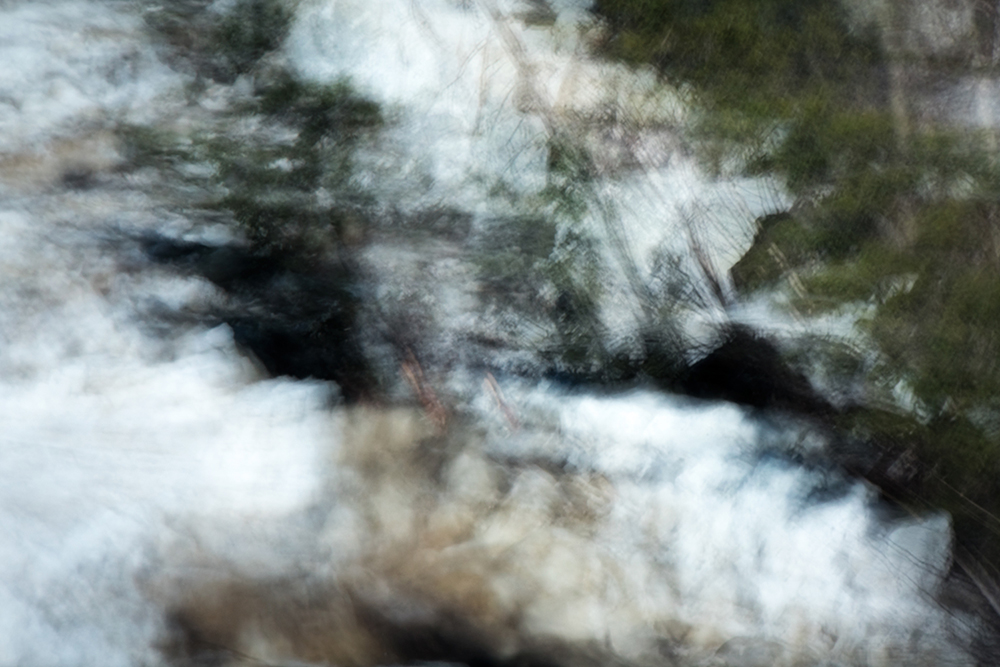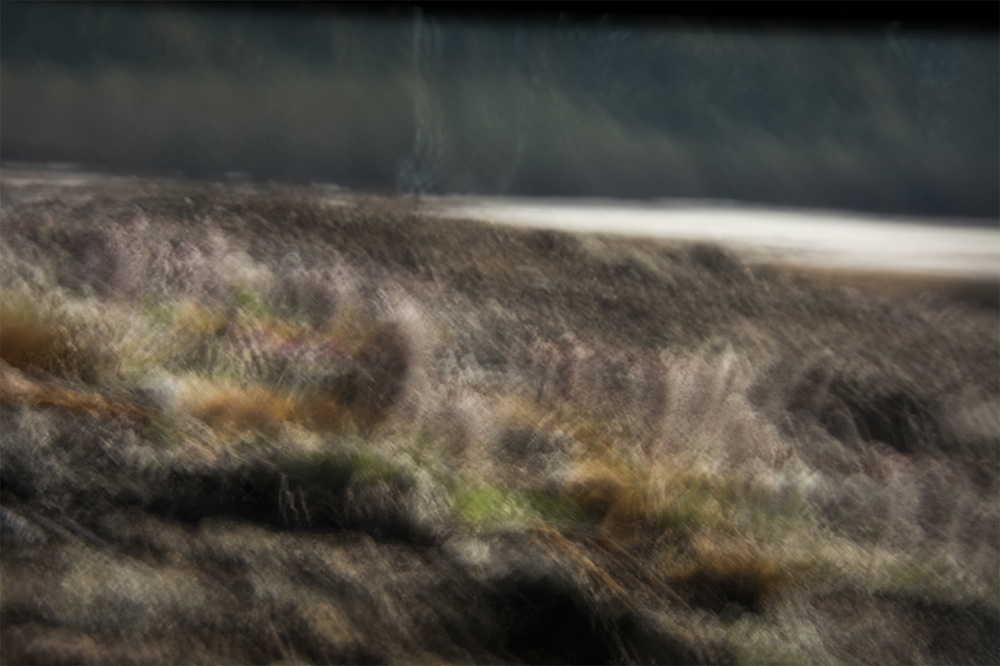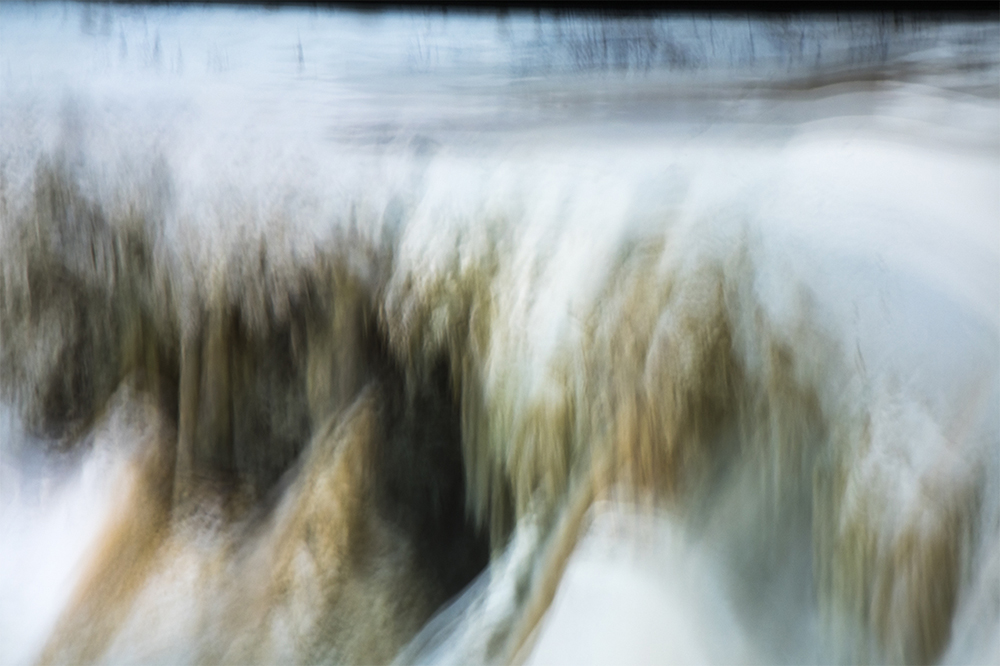Crystal McBrayer: The States Project: Idaho
This week we share the penultimate state in our multi- year States Project effort. We are grateful to Editor Crystal McBayer for sharing photographers from the state of Idaho. Today we are featuring work from her project, Where mountains once were, which speaks to nature deficit–a phenomenon that has gotten even worse in the months of covid. As a response to her desire to be immersed in the natural world, Crystal began to photograph nature documentaries on television. This unique consideration of forests and landscapes allowed for a respite from the demands of work and motherhood. An interview with Crystal follows.
Crystal McBrayer, photographer, designer, and educator, grew up in the Appalachian mountains, running through the grass with bare feet, painting with plants, fishing the narrow creeks with sticks and twine, and digging her hands in the rich, black dirt. She received a BS in photography from Appalachian State University in Boone, NC and an MFA in photography from the Savannah College of Art and Design in Savannah, GA. She has exhibited nationally and internationally, given lectures, and taught workshops throughout the country. Crystal is currently the Creative Director and an occasional photography instructor at Boise State University.
Where mountains once were
I’ve always felt a deep connection to nature, finding solitude and the ability to collect myself in the woods. Walking deep into a thick forest, wading in the cool running water of mountain streams, or squatted on a remote beach, the natural world envelops me with a sense of peace and confidence that is unattainable indoors. Richard Louv describes this phenomenon in The Nature Principle as fulfilling our deficit of nature, our intense and physical need for connection to the earth. This made me question, how do I curtail my “nature deficit” in a technology-rich, work-driven world when life requires me to be inside for the majority of the day? How do I connect to nature when the wilderness is inaccessible or gone altogether?
Where mountains once were, named after a chapter in Louv’s book, is in response to consoling my nature deficit when being in the land isn’t — or potentially won’t be — a possibility. The images come from endless hours of watching nature documentaries, attempting to consume nature in an indirect way, prodding for some semblance of the emotional recharge I receive from being in the wild. More than a simple snapshot, it’s about that extended moment of stillness. It’s my attempt to still feel connected to the land that gives me breath and life.
Thank you so much for being our Idaho States Project Editor! Tell us about your growing up and what brought you to photography?
I grew up in the Appalachian mountains, running through the grass with my bare feet, being stung by wasps, fishing the narrow creeks with sticks and twine, and digging my hands in the rich, black dirt. Spending so much time outdoors during those formative years created a deep love for the beauty in our natural world. Photography is such a perfect blend of science and art and I’ve enjoyed finding the connection in my artistic practice.
As an educator, how do you get the next generation of artists engaged in the medium?
I think a lot of students start out trying to create work that mimics the images they see and learn about. I think it’s my job to guide them into work that uses that beginning knowledge of making a “good” image with work that is uniquely theirs. Once they can combine that working knowledge of creating quality work with their own vision, their own story, the work transforms into something truly special.
Can you define what it’s like to be a photographer in Idaho?
Idaho has the largest wilderness area in the lower 48, so it’s definitely easy to think that there are only nature photographers here. But we have a wide range of image-makers, making work in fast-growing urban environments, tiny remote towns in mountainous areas, high deserts of the sagebrush steppe, and farmland fed by the vast Snake River. We are also similar to other western states where the distance between one place and another is pretty vast. So one can easily feel isolated as an artist here. Some of us thrive in that isolation, though I think we’ve found connections that bring us together for some meaningful conversations that couldn’t happen if we were all in the same place.
How did you select the artists for this week?
My goal was to show the wide range of artists living in the state. We have quite a few well-known artists and some exciting budding artists working in Idaho, so my hope is that I’ve pulled a nice cross-section of artists that are creating interesting work.
Your project, Where Mountains Once Were, has a really interesting construct. In order to get your dose of nature, you photographed the natural world on television as a way of immersing yourself. Can you talk about this project and the way you captured the images?
I started the project when my kids were younger and my husband was in grad school. I found that there were a lot of times that I desperately wanted to be alone, making images out in the woods refilling my “nature bucket” but life circumstances didn’t allow me to for one reason or another. I have always loved watching nature documentaries, but I never really thought about why I enjoyed them so much. I began to wonder if by immersing myself in these documentaries, I was able to capture some of the same feelings that being in nature gave me and if I could capture that in an image. To me, the process of capturing the image is an important part, with the final image being an artifact that I can share. While watching the film, I look for extended moments that capture me, give me breath, and bring me back to moments of being in nature. Those moments are recorded in a journal with times to document. Each image comes from a long exposure, set to capture that specific length of the film.
Finally, describe your perfect day.
Coffee. Snow. Trees. Family. Camera.
Posts on Lenscratch may not be reproduced without the permission of the Lenscratch staff and the photographer.
Recommended
-
Tara Sellios: Ask Now the BeastsApril 6th, 2024
-
ALEXIS MARTINO: The Collapsing Panorama April 4th, 2024
-
Emilio Rojas: On Gloria Anzaldúa’s Borderlands: The New MestizaMarch 30th, 2024
-
Artists of Türkiye: Eren SulamaciMarch 27th, 2024
-
Love and Loss in the Cosmos: Valeria Sestua In Conversation with Vicente IsaíasMarch 19th, 2024

